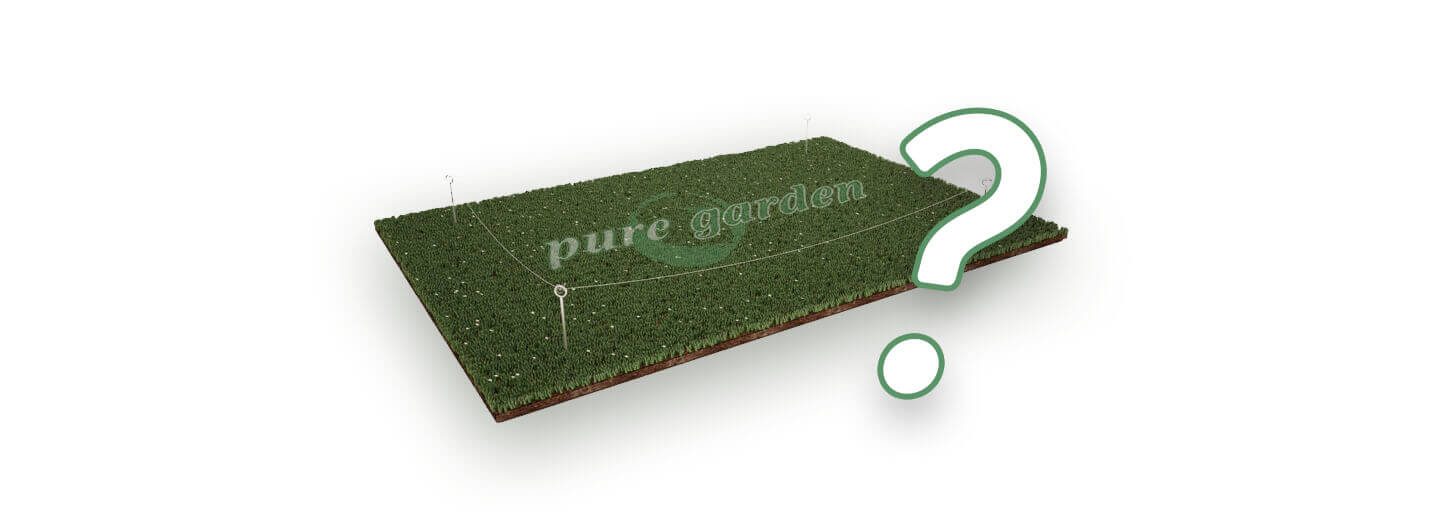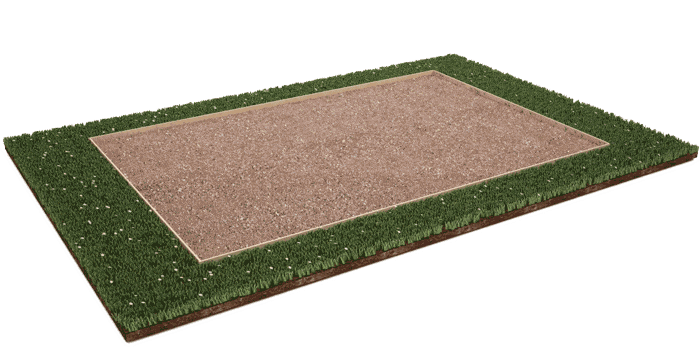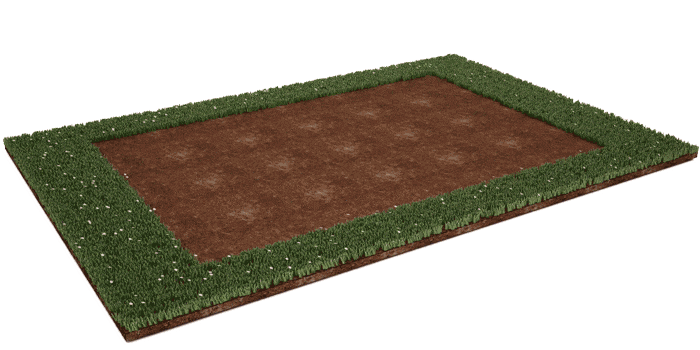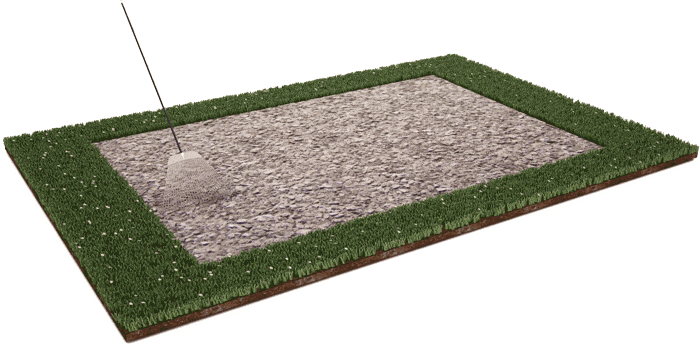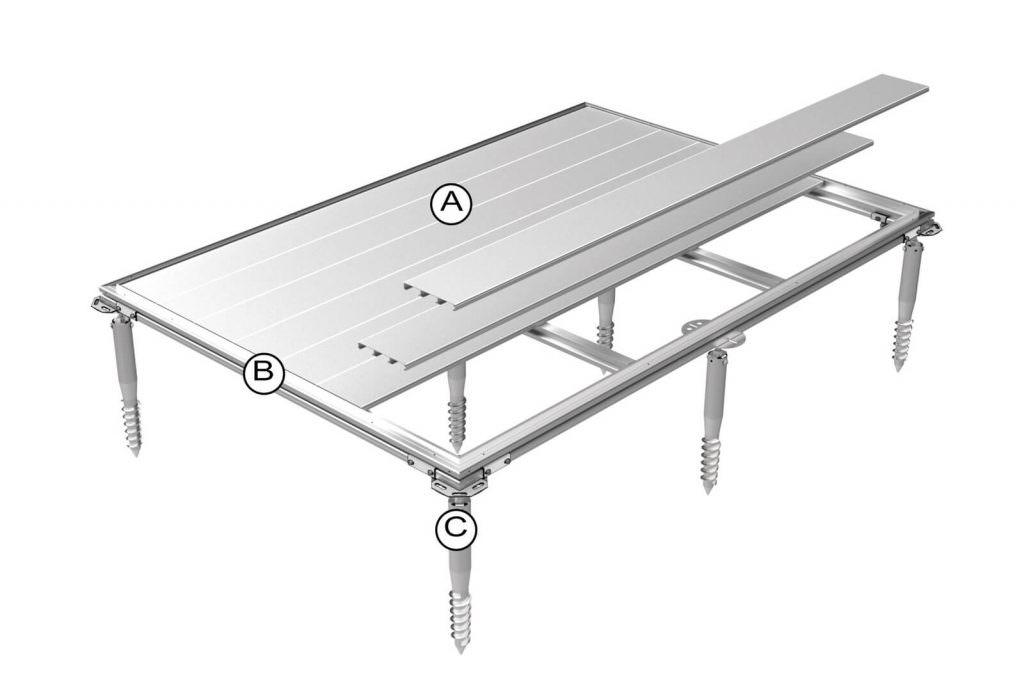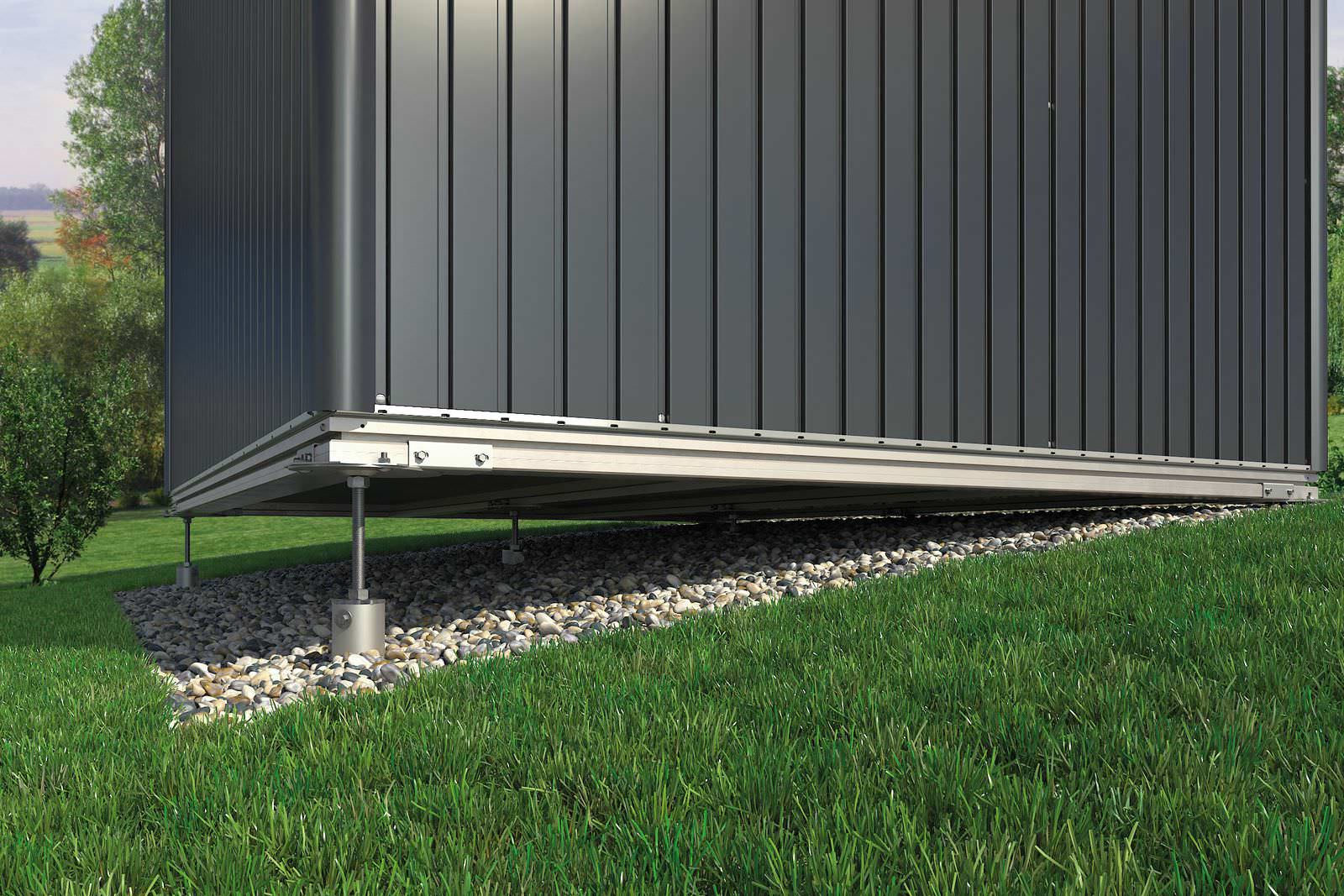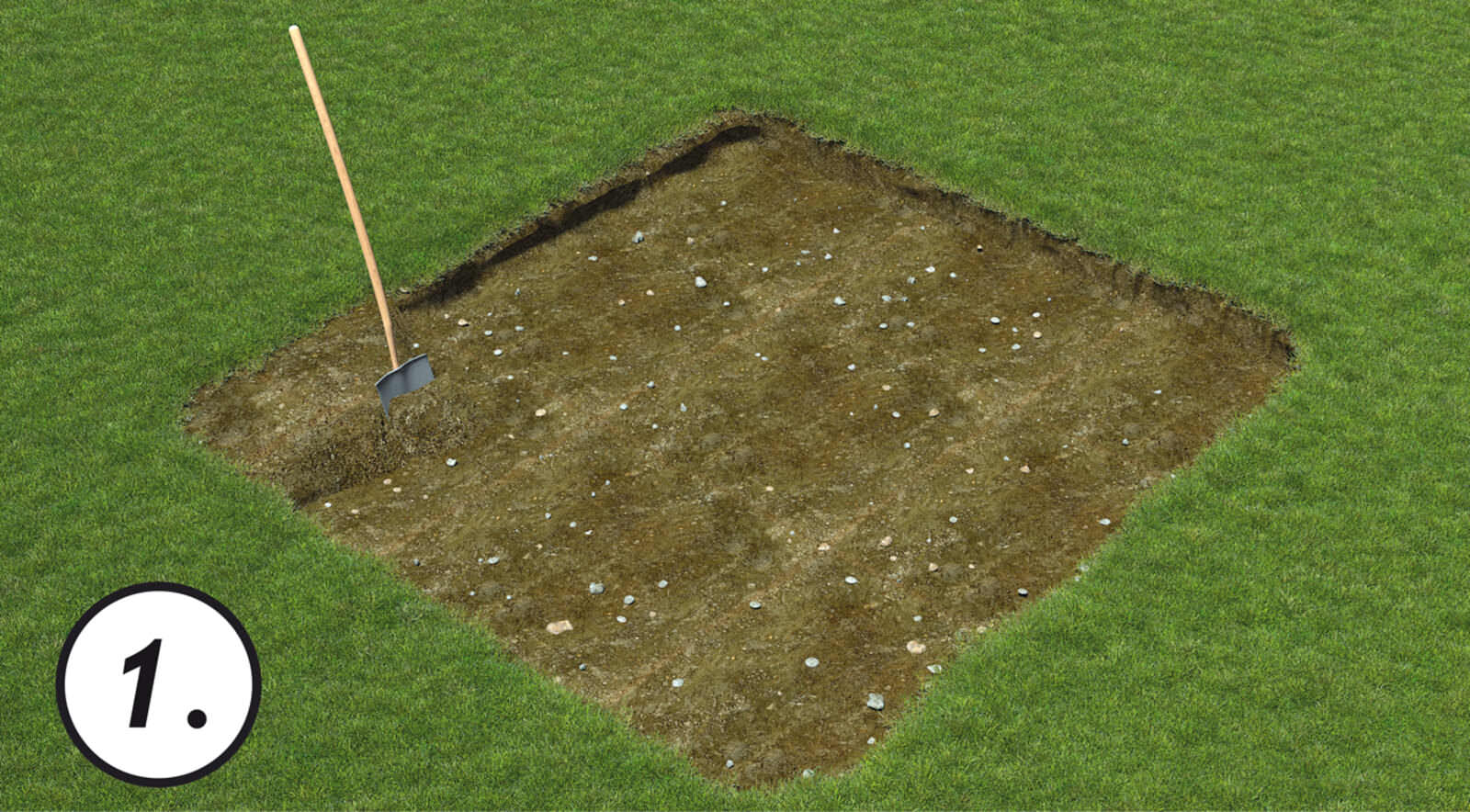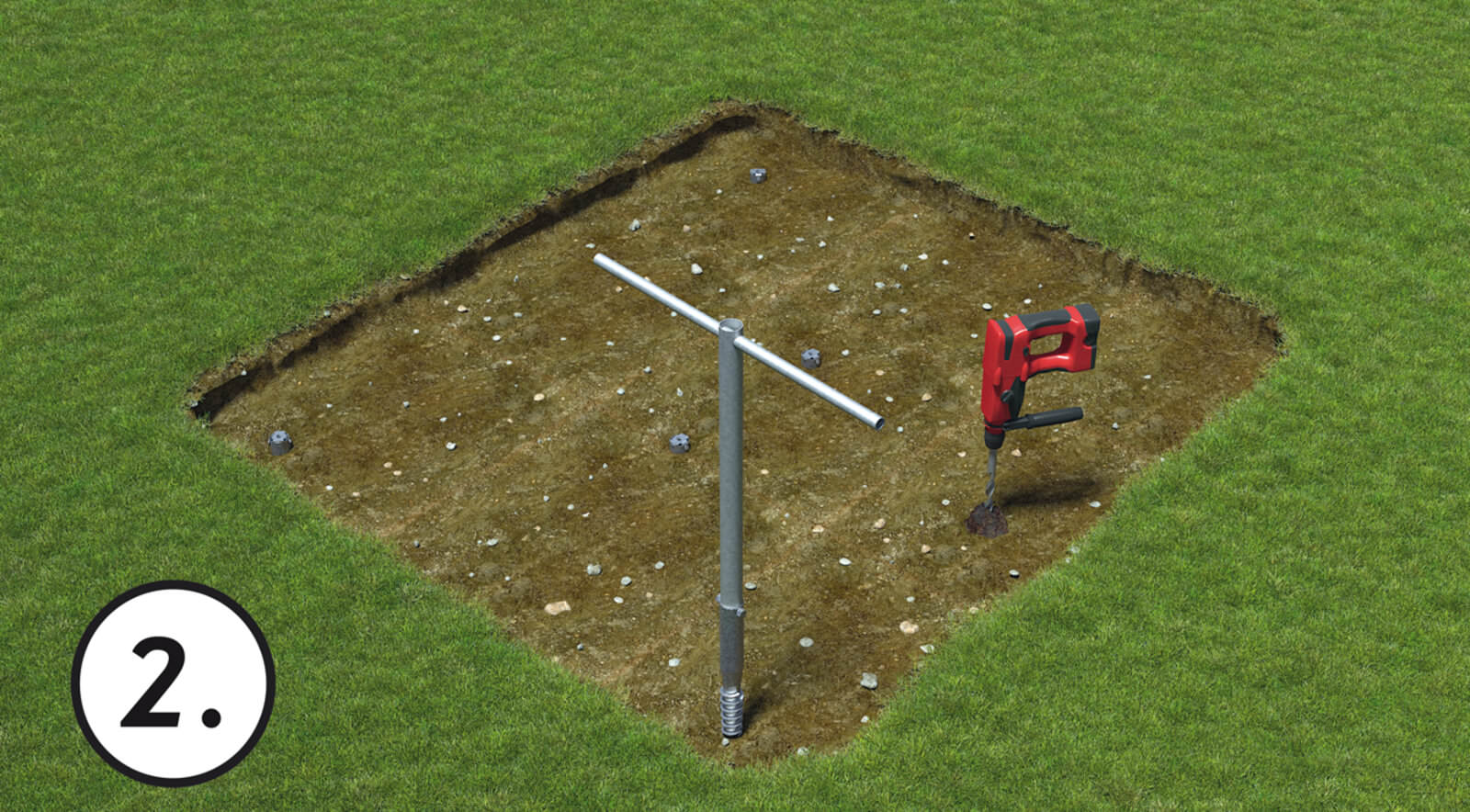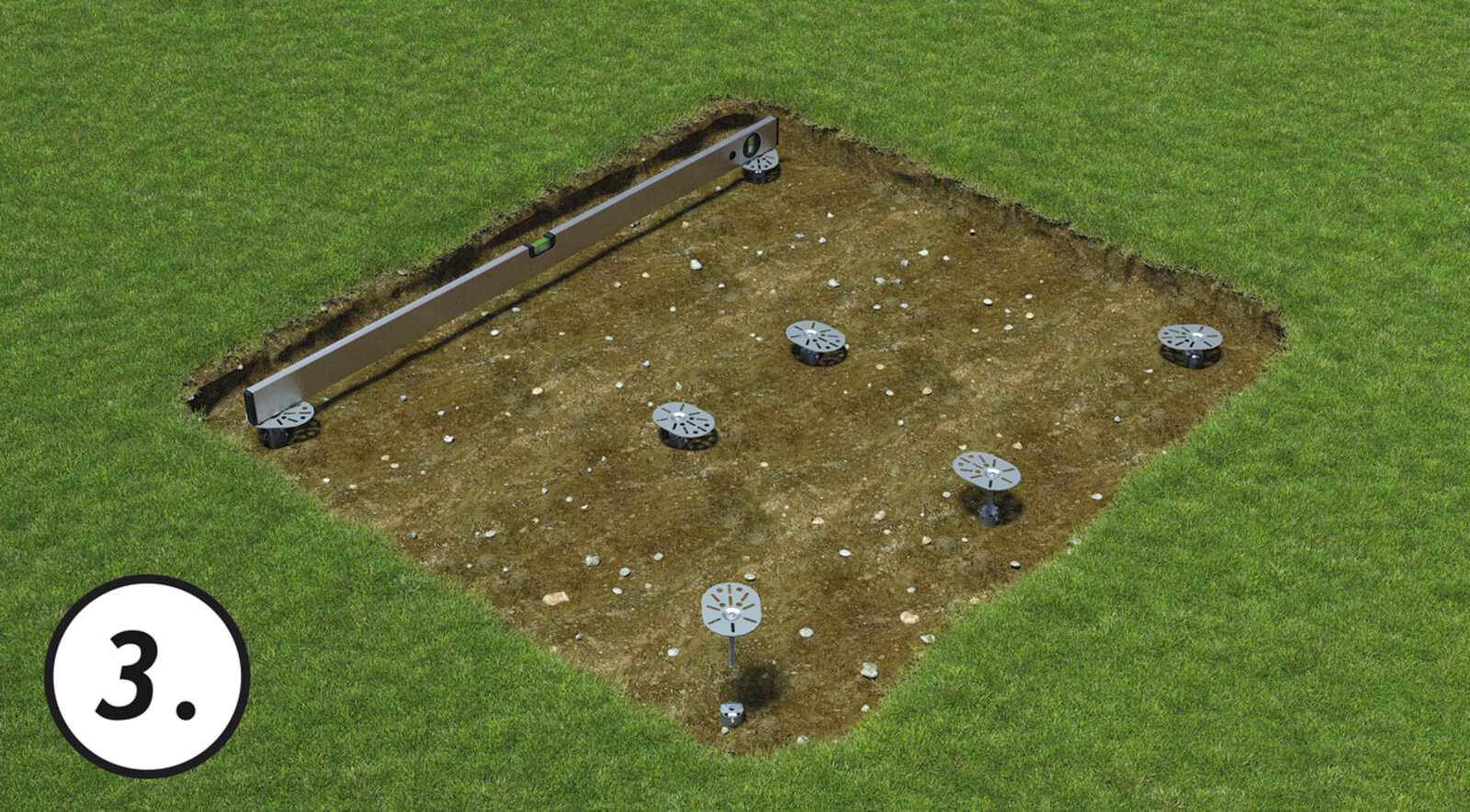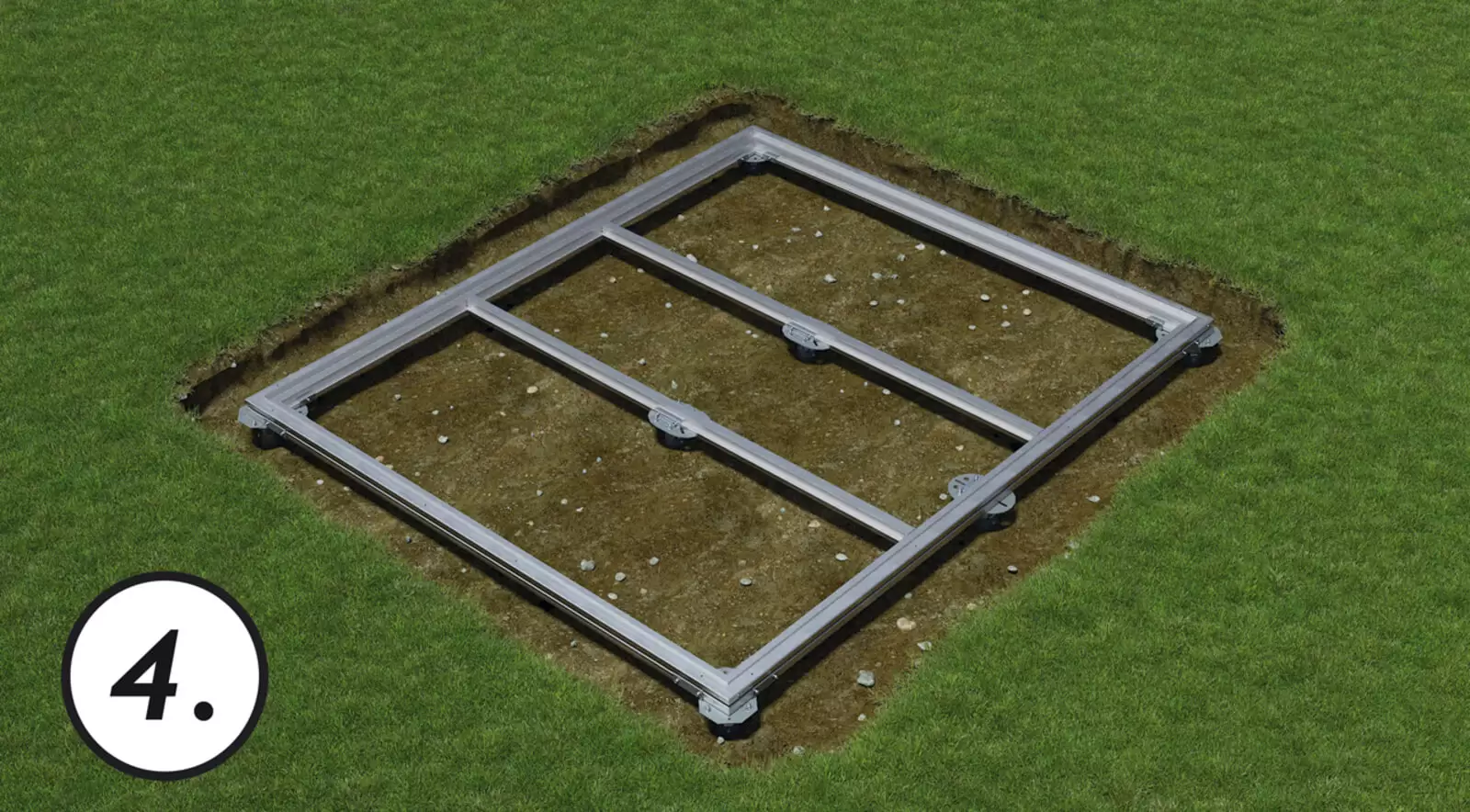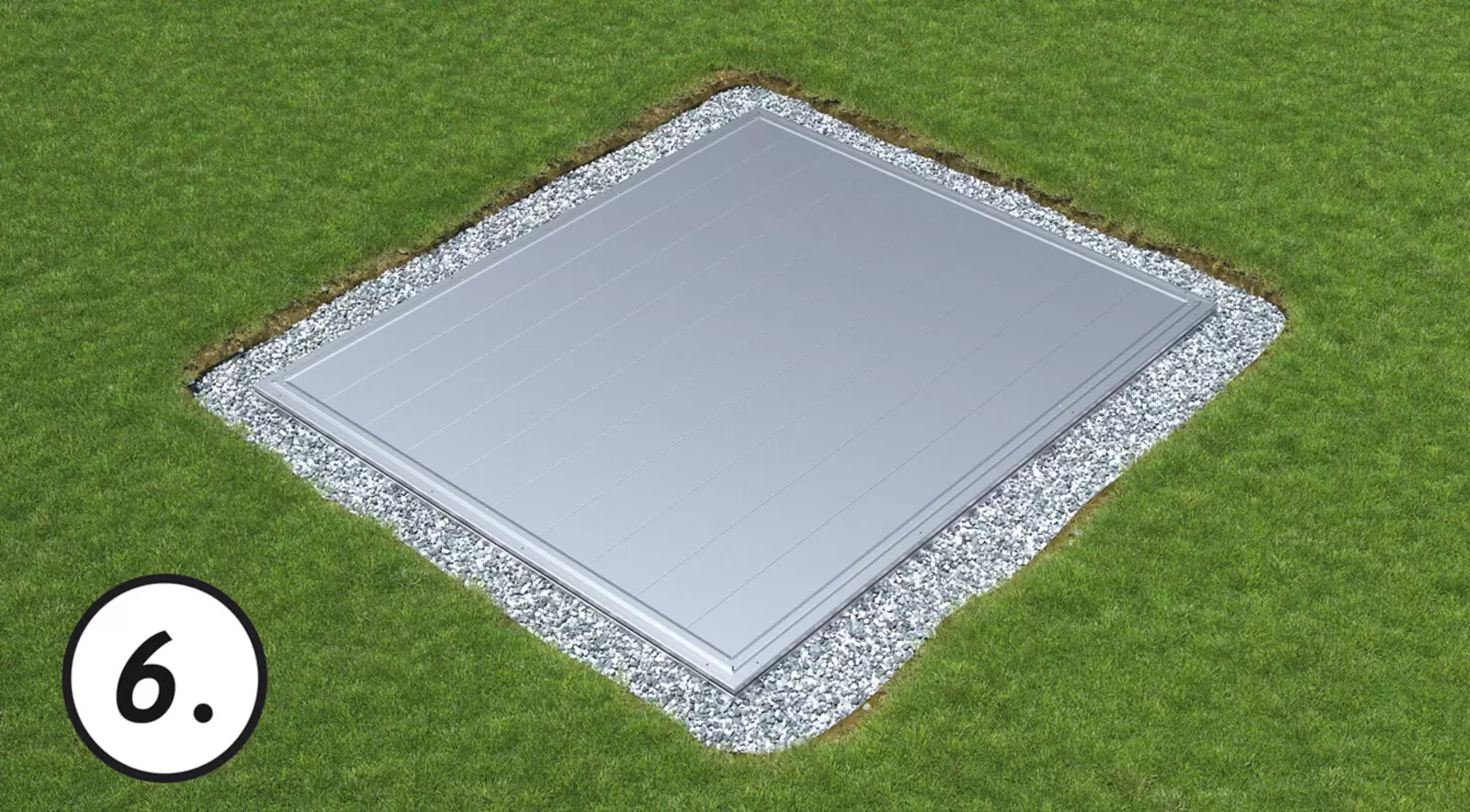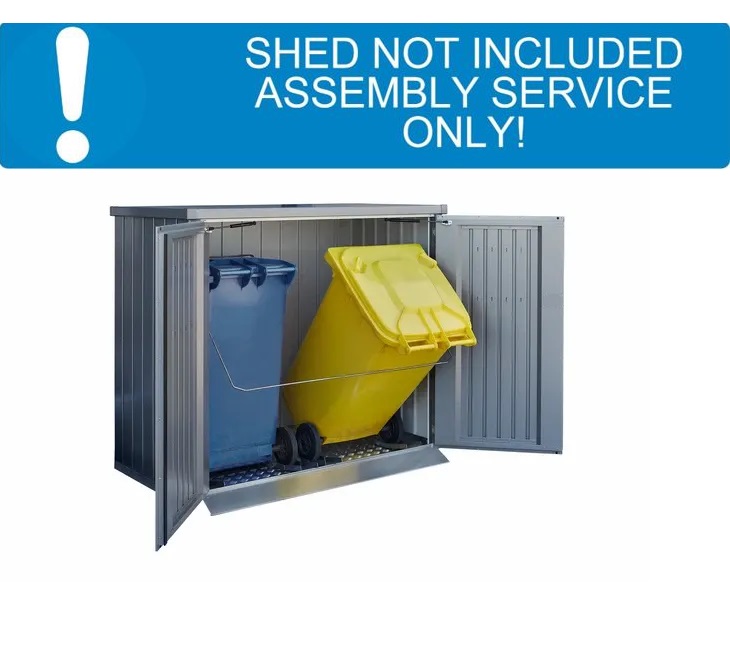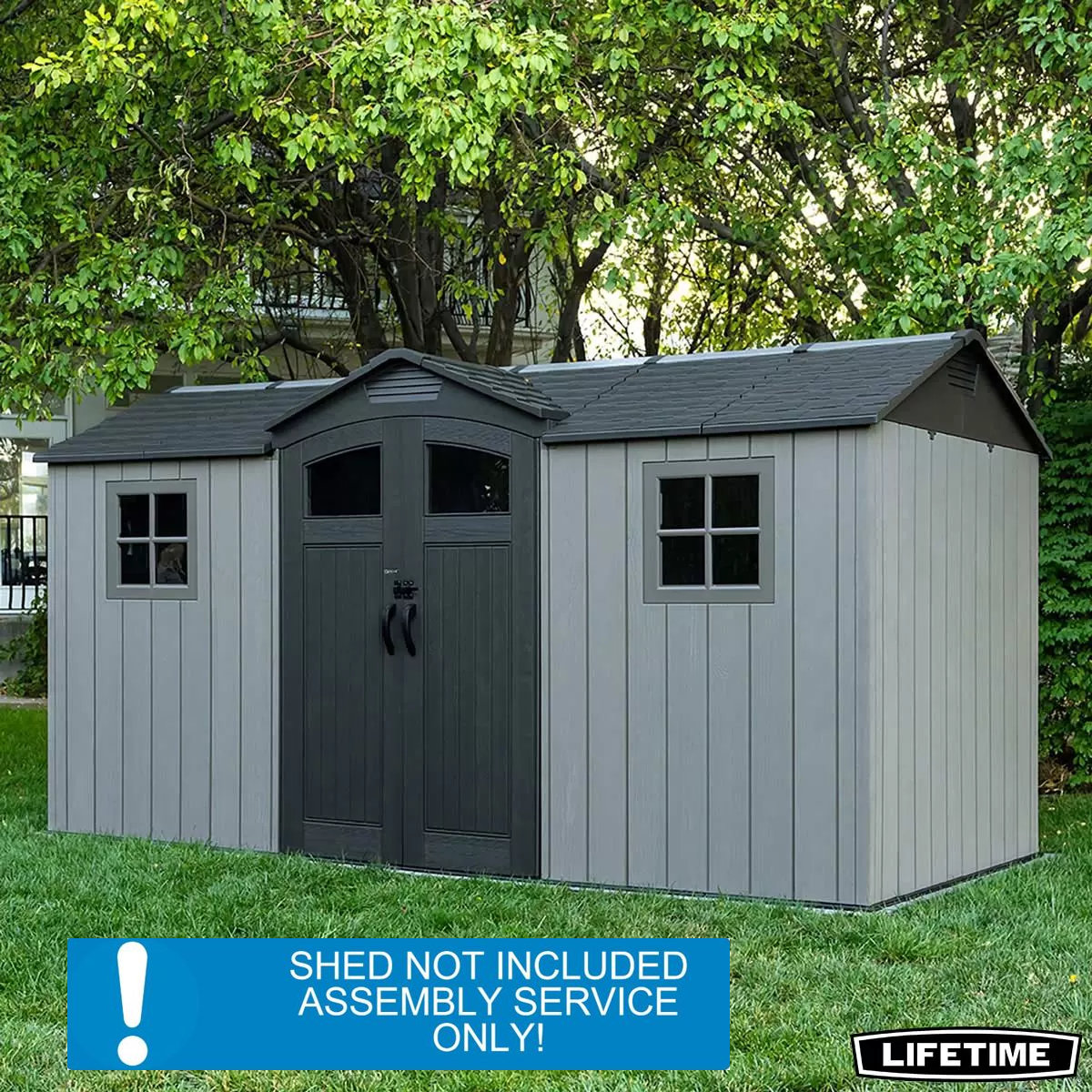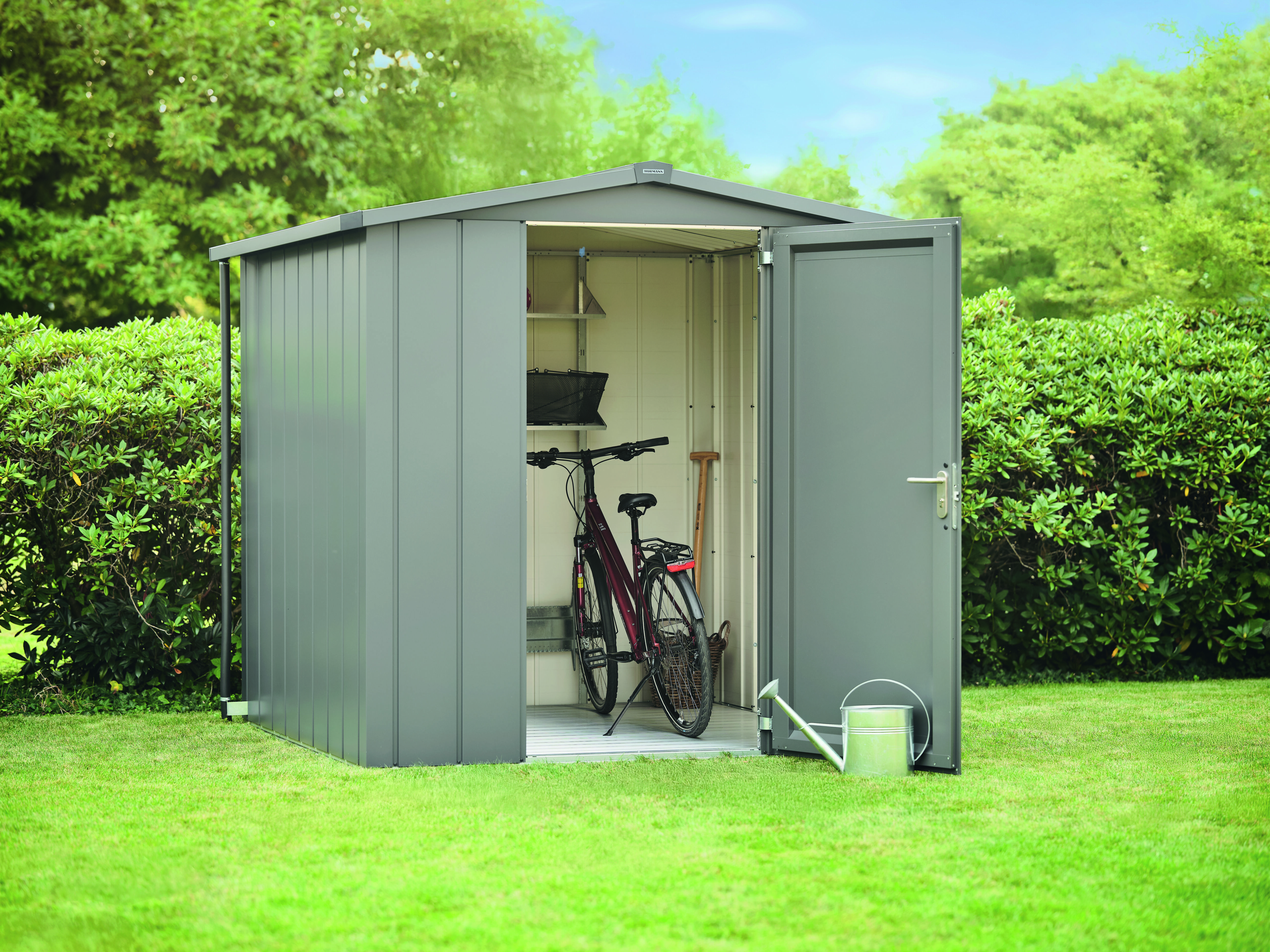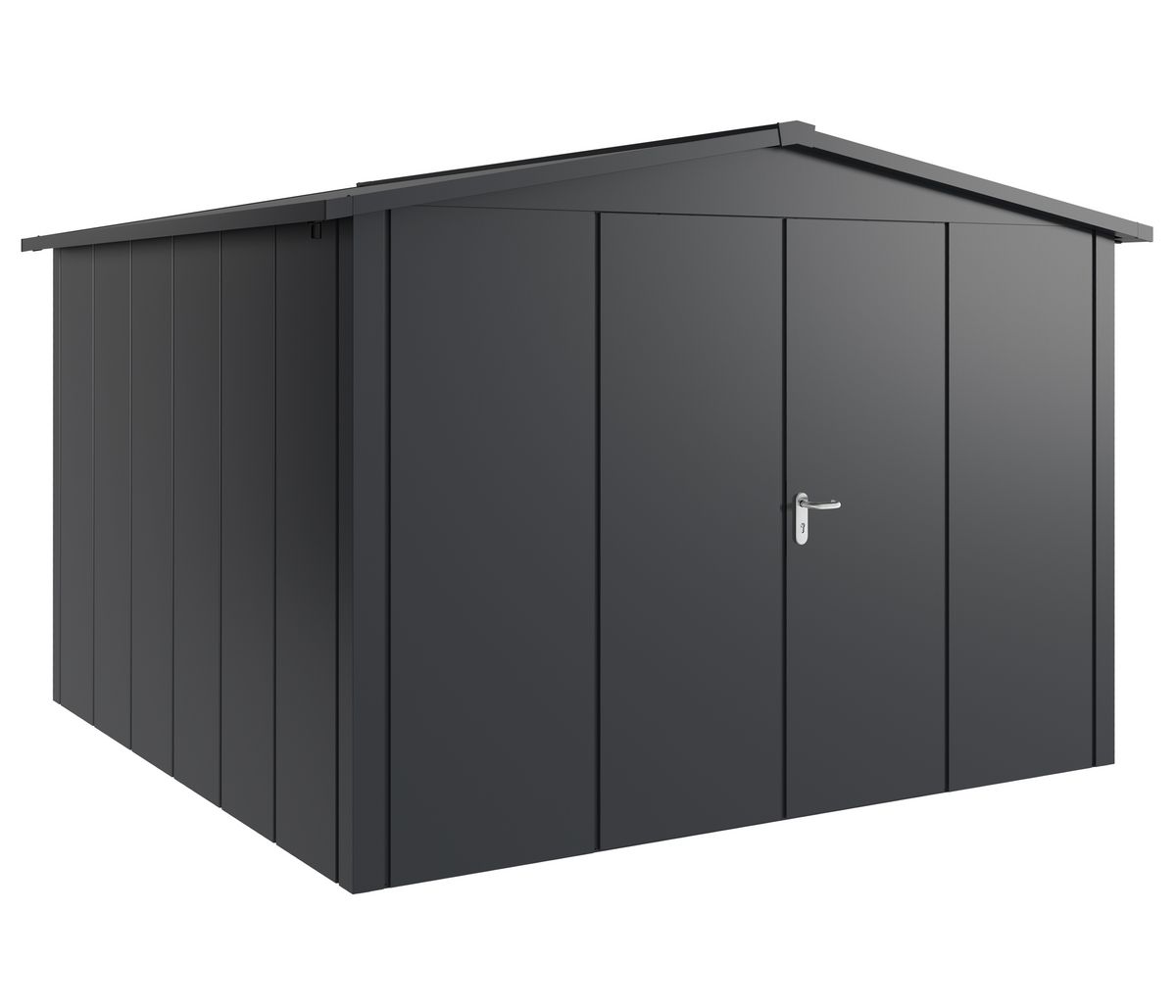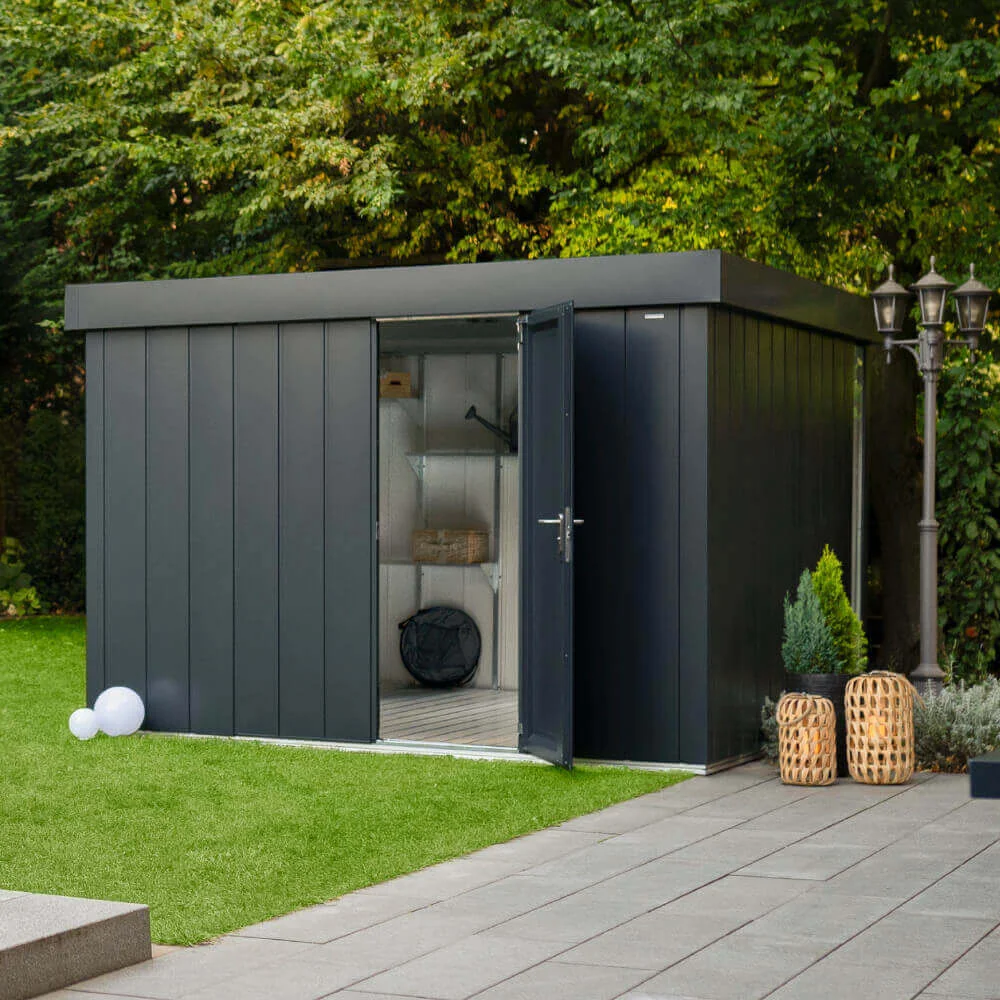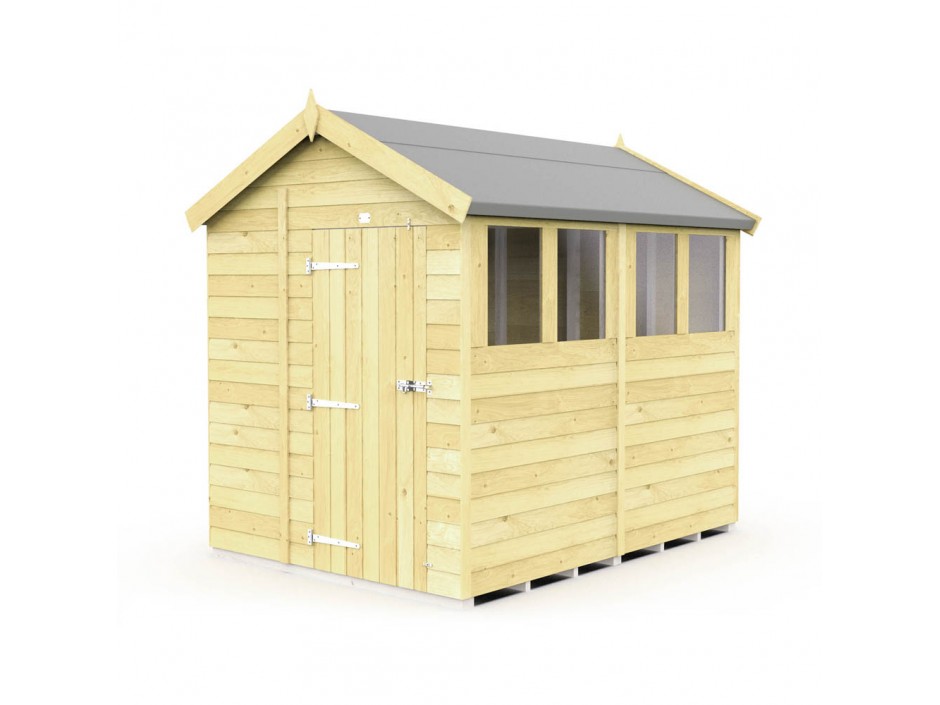-
×
 Sanremo 10 ft. x 10 ft. Solarium Kit - Grey Structure & Hybrid Panels
1 × £3,277.56
Sanremo 10 ft. x 10 ft. Solarium Kit - Grey Structure & Hybrid Panels
1 × £3,277.56 -
×
 Apex Roof Double Door Wheelie Bin Store
4 × £349.99
Apex Roof Double Door Wheelie Bin Store
4 × £349.99 -
×
 Venetian Corner Arbour Seat - Garden Shelter Slatted Roof Pressure Treated
1 × £940.49
Venetian Corner Arbour Seat - Garden Shelter Slatted Roof Pressure Treated
1 × £940.49 -
×
 Forest Timberdale 10x6 Reverse Apex Shed No Window
1 × £1,750.99
Forest Timberdale 10x6 Reverse Apex Shed No Window
1 × £1,750.99 -
×
 Forest 4LIFE Reverse Apex Shed 10x6 - Double Door, 4 Windows
5 × £751.99
Forest 4LIFE Reverse Apex Shed 10x6 - Double Door, 4 Windows
5 × £751.99 -
×
 ACD Premium Greenhouse Orangery Living Room Hélène - T Shape With Double Doors - 15 x 12ft - 4.45m x 3.77m
1 × £8,312.00
ACD Premium Greenhouse Orangery Living Room Hélène - T Shape With Double Doors - 15 x 12ft - 4.45m x 3.77m
1 × £8,312.00 -
×
 Forest Slatted Chair
1 × £150.99
Forest Slatted Chair
1 × £150.99 -
×
 Lifetime 7x12 Outdoor Storage Garden Shed - HDPE Plastic Unit
1 × £1,399.99
Lifetime 7x12 Outdoor Storage Garden Shed - HDPE Plastic Unit
1 × £1,399.99 -
×
 Forest Timberdale 8x6 Pent Shed No Window
1 × £1,400.99
Forest Timberdale 8x6 Pent Shed No Window
1 × £1,400.99 -
×
 Sturdy Wooden High Level Kitchen Garden Trough Planter
1 × £156.99
Sturdy Wooden High Level Kitchen Garden Trough Planter
1 × £156.99 -
×
 Forest Beckwood 6x8 Apex Shed - 2 Windows
1 × £726.99
Forest Beckwood 6x8 Apex Shed - 2 Windows
1 × £726.99 -
×
 Forest Timberdale 10x8 Apex Shed No Window - Double Door With Log Store
1 × £2,379.49
Forest Timberdale 10x8 Apex Shed No Window - Double Door With Log Store
1 × £2,379.49 -
×
 Assembly Service Only for Keter Signature 2020L
2 × £250.00
Assembly Service Only for Keter Signature 2020L
2 × £250.00 -
×
 Assembly Service Only for Lifetime (60236) 11 x 21ft Shed / Garage
2 × £1,500.00
Assembly Service Only for Lifetime (60236) 11 x 21ft Shed / Garage
2 × £1,500.00 -
×
 Rowlinson Shiplap Garden Compact Storage Shed - Wooden Patio Tool Store Unit
3 × £179.99
Rowlinson Shiplap Garden Compact Storage Shed - Wooden Patio Tool Store Unit
3 × £179.99 -
×
 Forest 4LIFE Pent Shed 10x6 - Single Door - No Windows
4 × £793.49
Forest 4LIFE Pent Shed 10x6 - Single Door - No Windows
4 × £793.49 -
×
 Large Log Store With Kindling Shelf Timber Container Garden Storage
3 × £249.99
Large Log Store With Kindling Shelf Timber Container Garden Storage
3 × £249.99 -
×
 Saffron 4 x 8 Lean To Plastic Storage Shed (includes Foundation Kit)
3 × £737.48
Saffron 4 x 8 Lean To Plastic Storage Shed (includes Foundation Kit)
3 × £737.48 -
×
 Small Log Store With Kindling Shelf
3 × £159.99
Small Log Store With Kindling Shelf
3 × £159.99
Subtotal: £36,312.70
 Sanremo 10 ft. x 10 ft. Solarium Kit - Grey Structure & Hybrid Panels
Sanremo 10 ft. x 10 ft. Solarium Kit - Grey Structure & Hybrid Panels  Apex Roof Double Door Wheelie Bin Store
Apex Roof Double Door Wheelie Bin Store  Venetian Corner Arbour Seat - Garden Shelter Slatted Roof Pressure Treated
Venetian Corner Arbour Seat - Garden Shelter Slatted Roof Pressure Treated 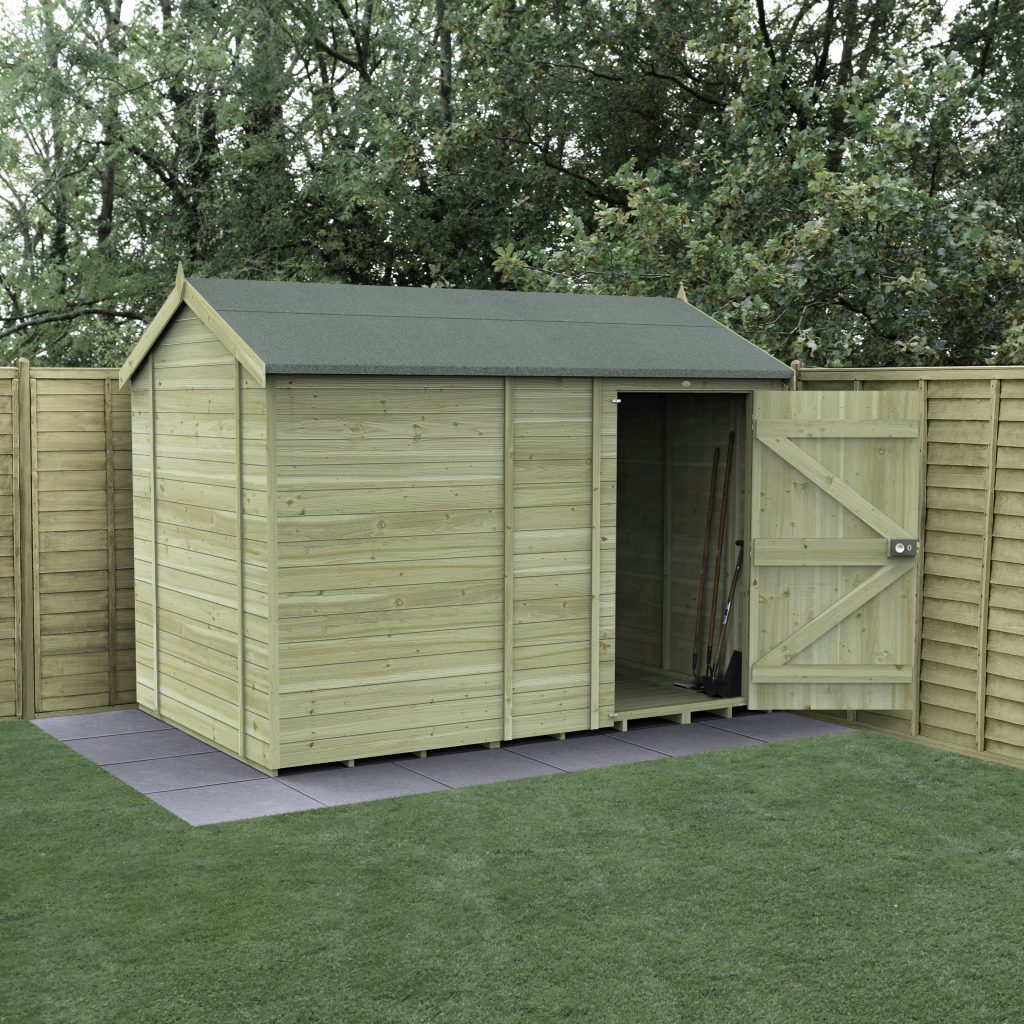 Forest Timberdale 10x6 Reverse Apex Shed No Window
Forest Timberdale 10x6 Reverse Apex Shed No Window 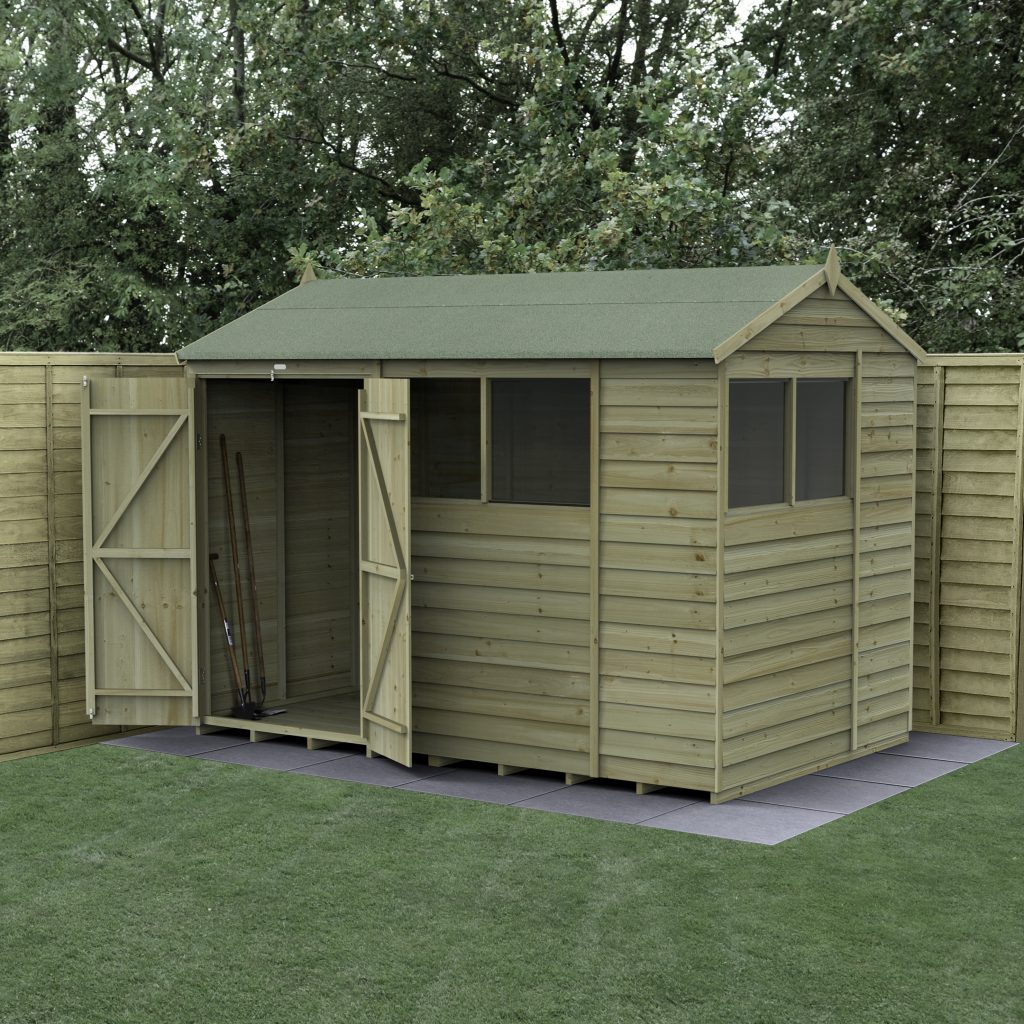 Forest 4LIFE Reverse Apex Shed 10x6 - Double Door, 4 Windows
Forest 4LIFE Reverse Apex Shed 10x6 - Double Door, 4 Windows  ACD Premium Greenhouse Orangery Living Room Hélène - T Shape With Double Doors - 15 x 12ft - 4.45m x 3.77m
ACD Premium Greenhouse Orangery Living Room Hélène - T Shape With Double Doors - 15 x 12ft - 4.45m x 3.77m 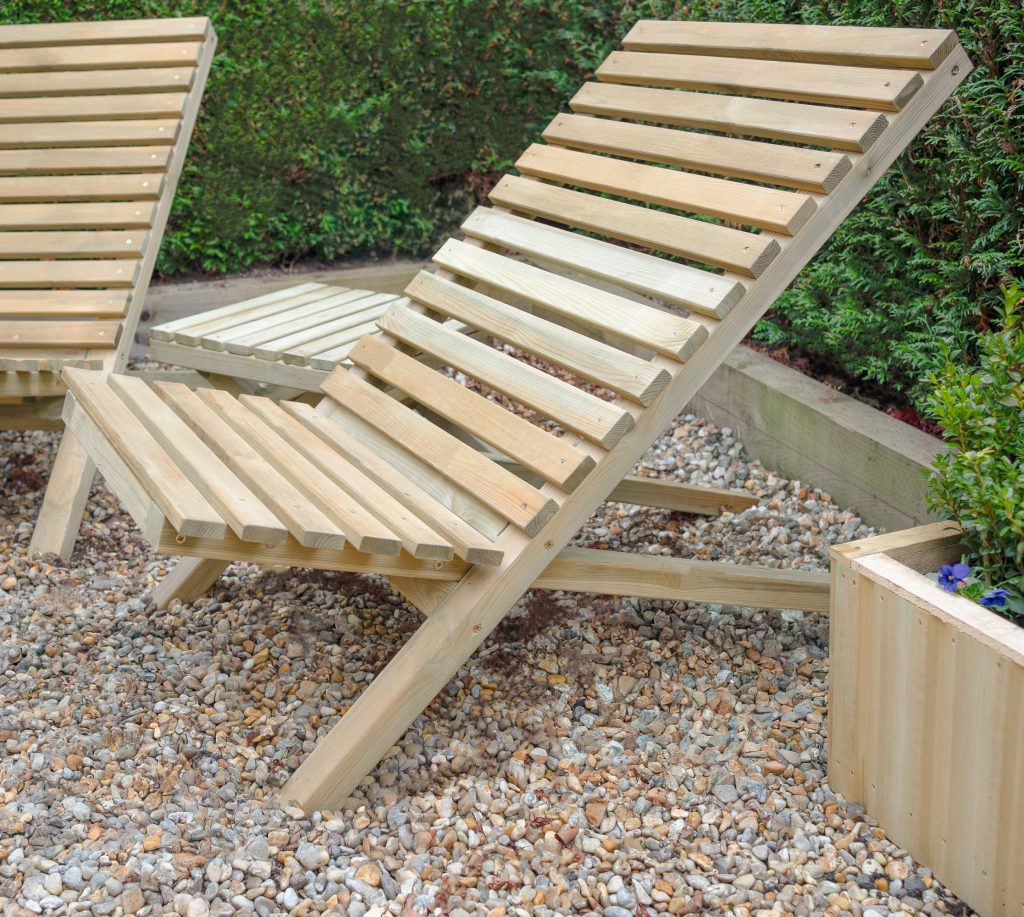 Forest Slatted Chair
Forest Slatted Chair 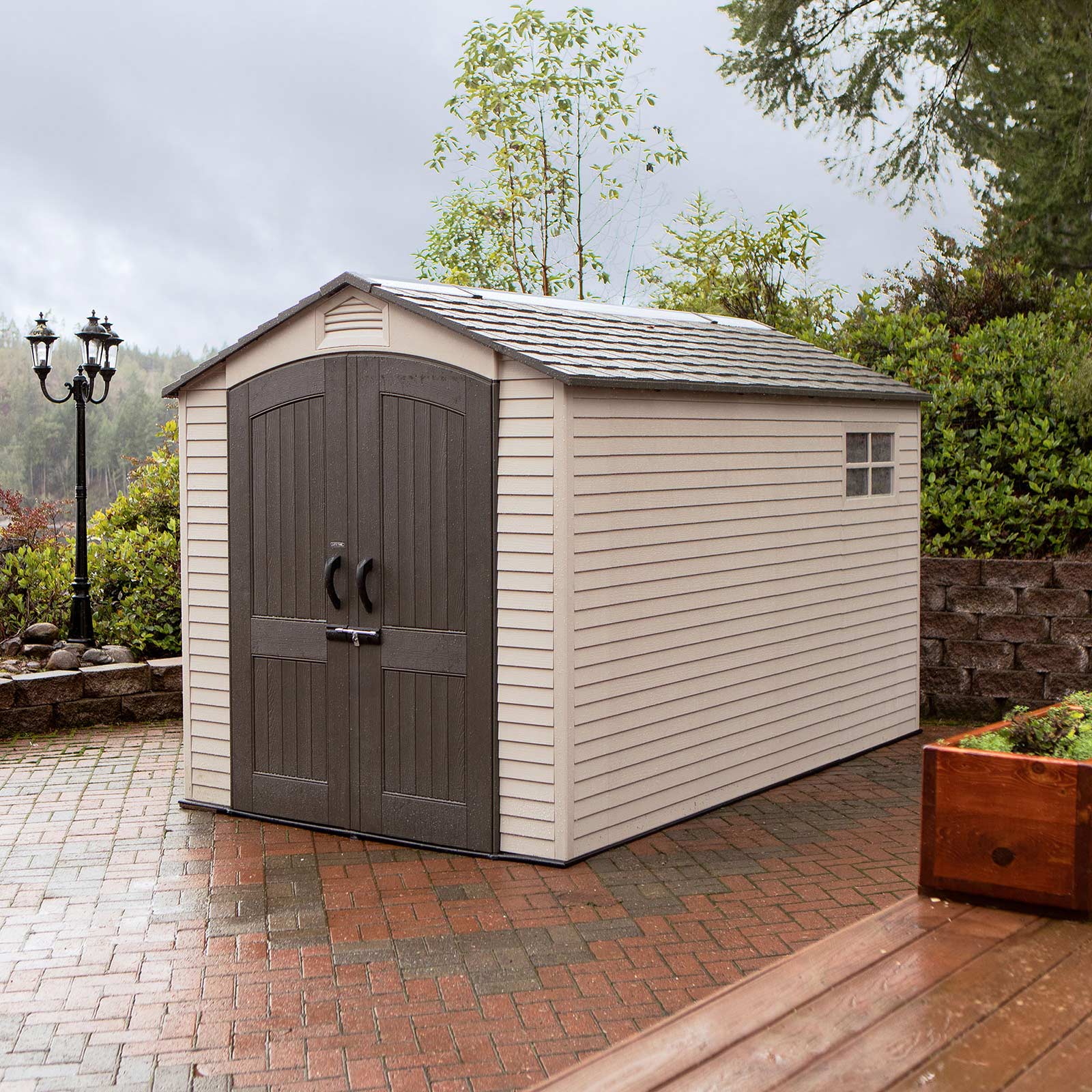 Lifetime 7x12 Outdoor Storage Garden Shed - HDPE Plastic Unit
Lifetime 7x12 Outdoor Storage Garden Shed - HDPE Plastic Unit 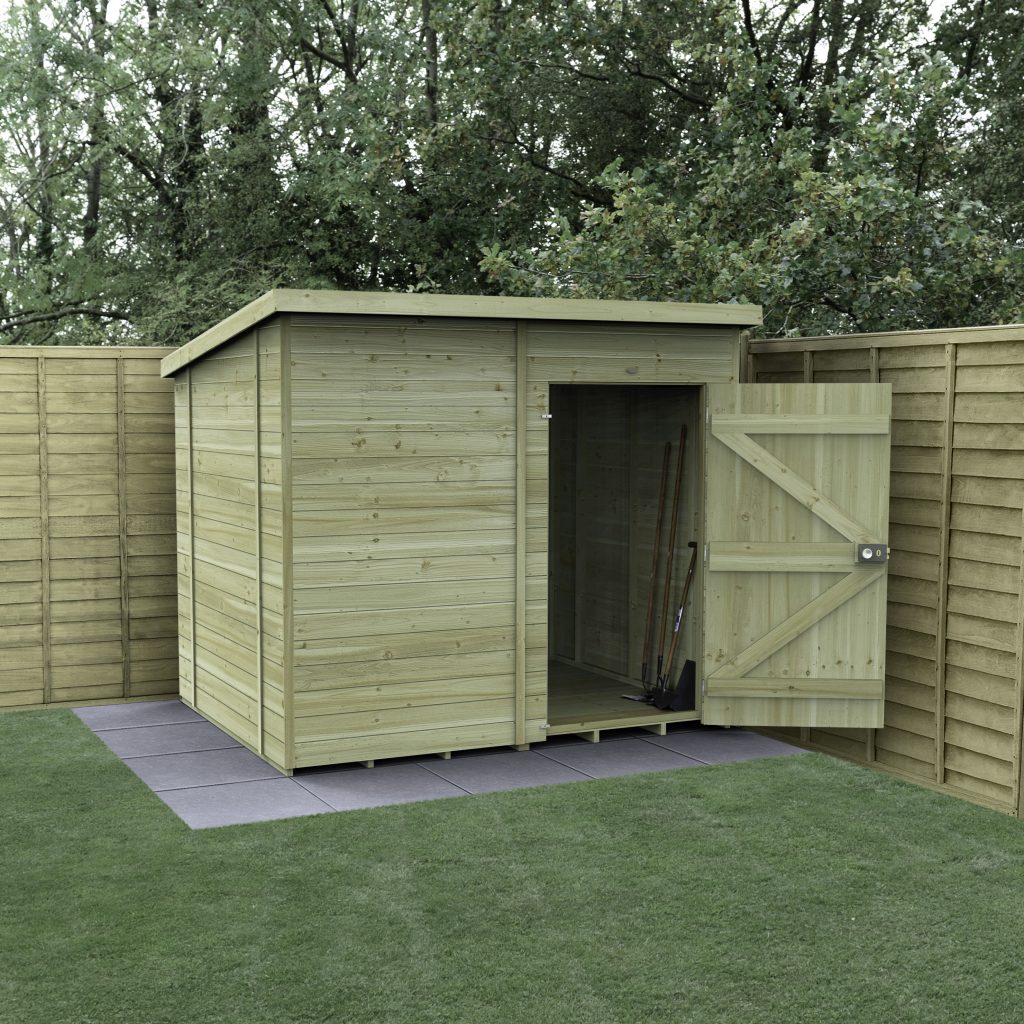 Forest Timberdale 8x6 Pent Shed No Window
Forest Timberdale 8x6 Pent Shed No Window  Sturdy Wooden High Level Kitchen Garden Trough Planter
Sturdy Wooden High Level Kitchen Garden Trough Planter 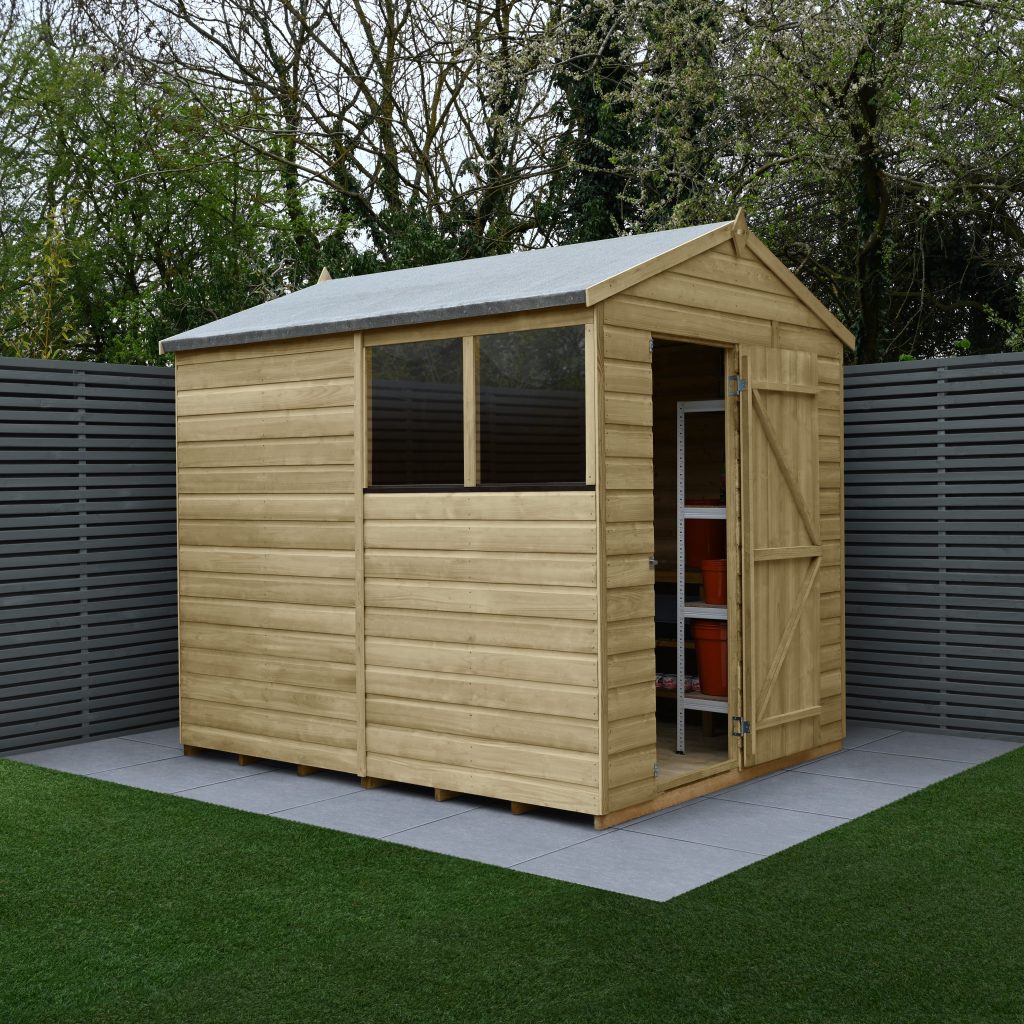 Forest Beckwood 6x8 Apex Shed - 2 Windows
Forest Beckwood 6x8 Apex Shed - 2 Windows 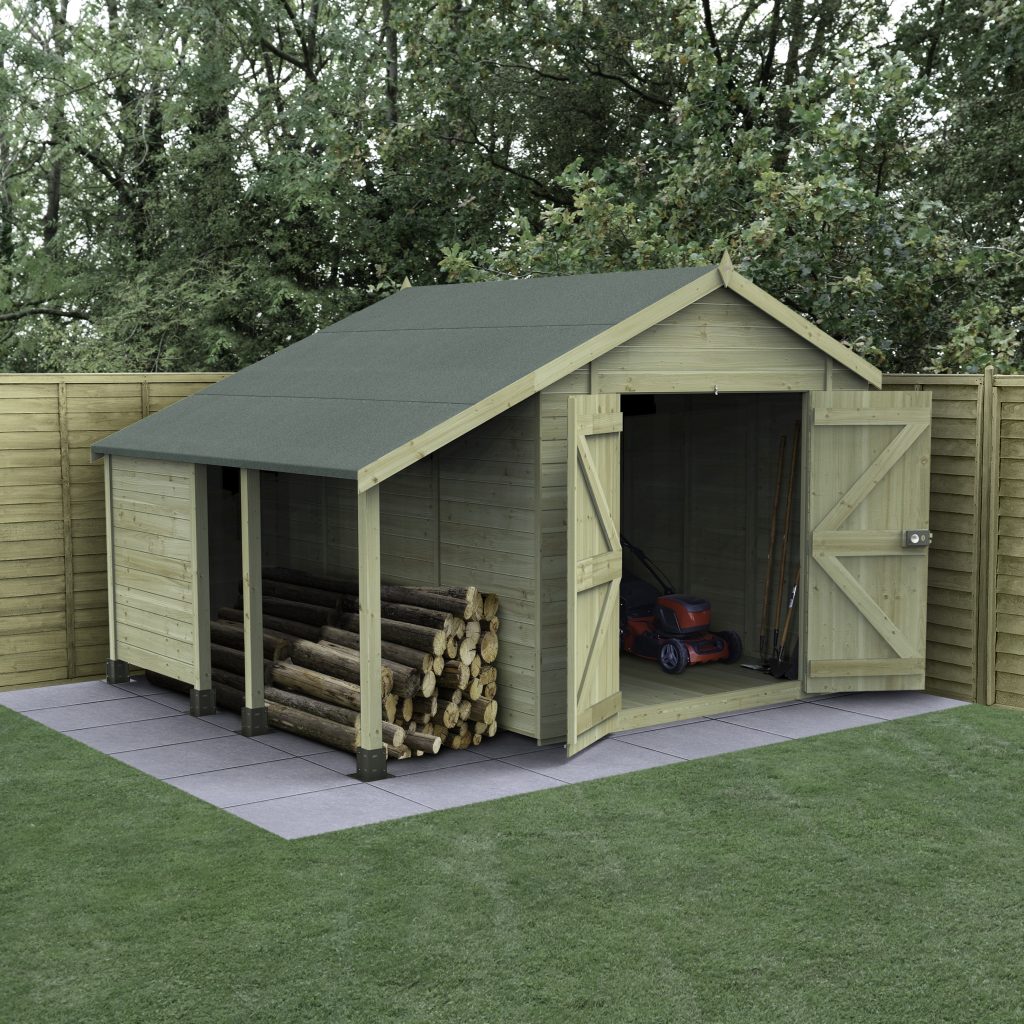 Forest Timberdale 10x8 Apex Shed No Window - Double Door With Log Store
Forest Timberdale 10x8 Apex Shed No Window - Double Door With Log Store 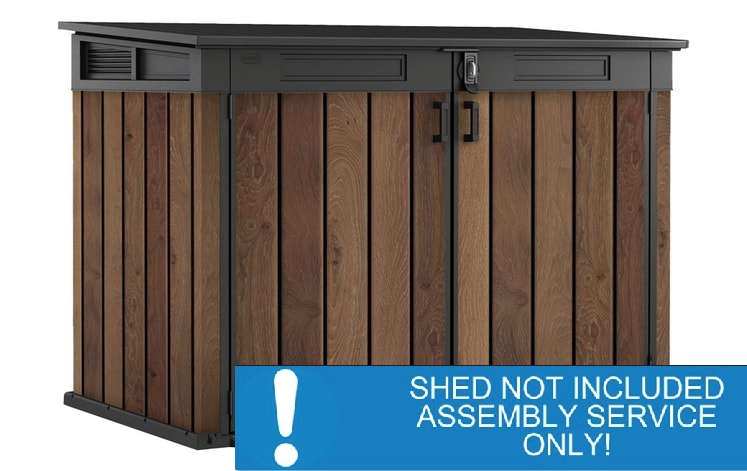 Assembly Service Only for Keter Signature 2020L
Assembly Service Only for Keter Signature 2020L 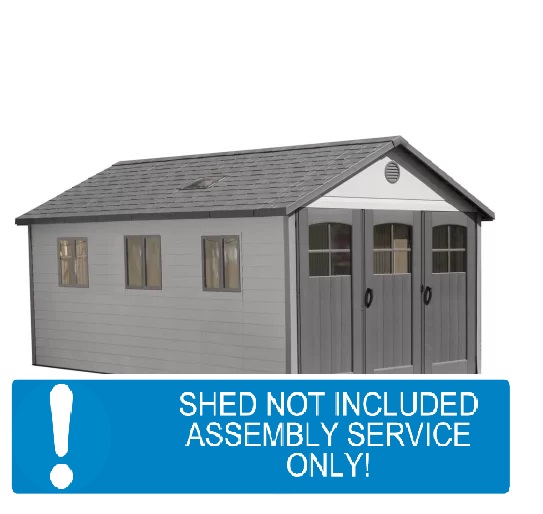 Assembly Service Only for Lifetime (60236) 11 x 21ft Shed / Garage
Assembly Service Only for Lifetime (60236) 11 x 21ft Shed / Garage  Rowlinson Shiplap Garden Compact Storage Shed - Wooden Patio Tool Store Unit
Rowlinson Shiplap Garden Compact Storage Shed - Wooden Patio Tool Store Unit 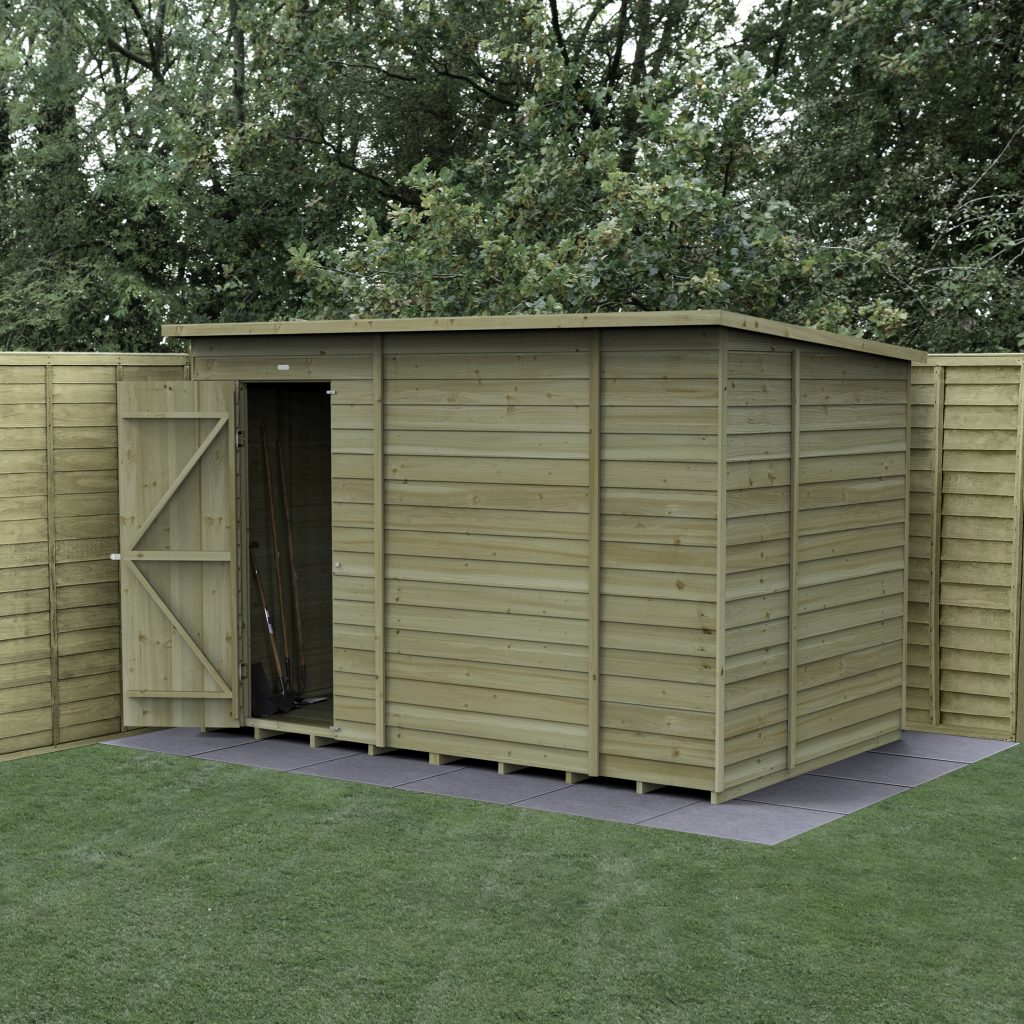 Forest 4LIFE Pent Shed 10x6 - Single Door - No Windows
Forest 4LIFE Pent Shed 10x6 - Single Door - No Windows 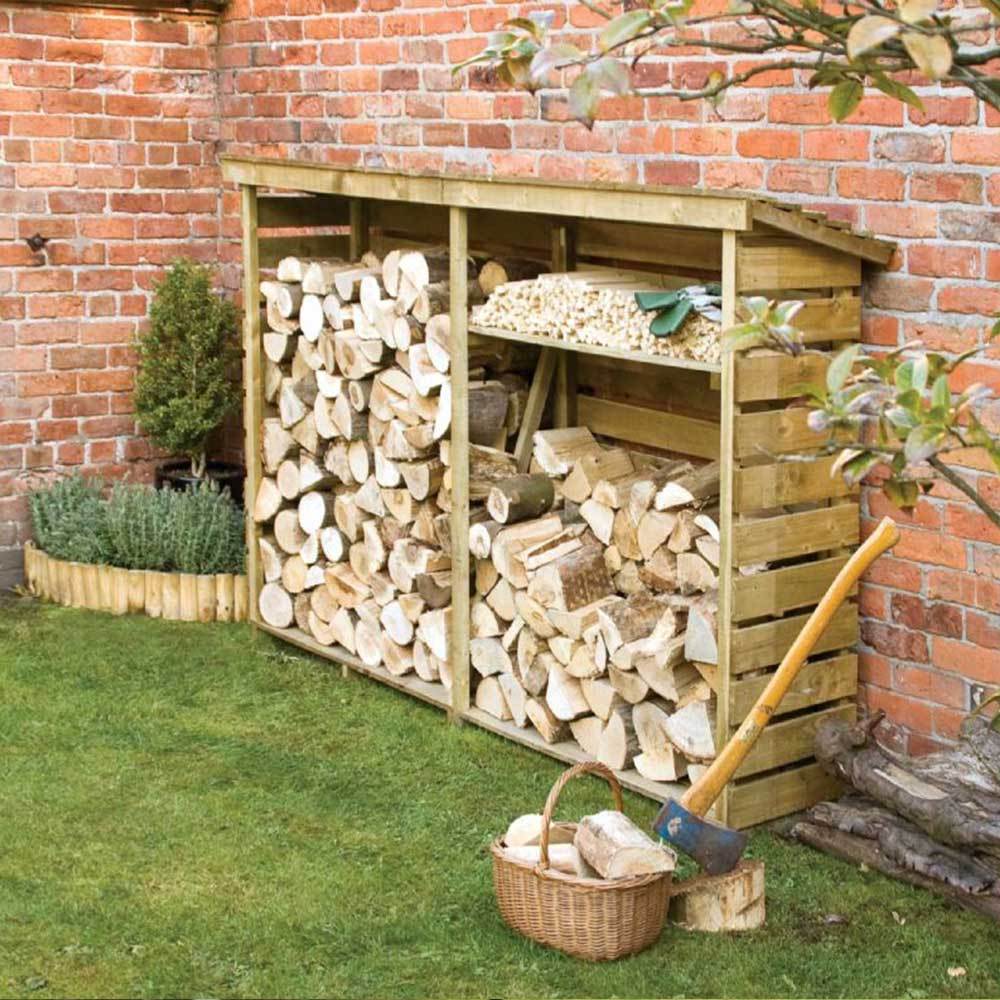 Large Log Store With Kindling Shelf Timber Container Garden Storage
Large Log Store With Kindling Shelf Timber Container Garden Storage 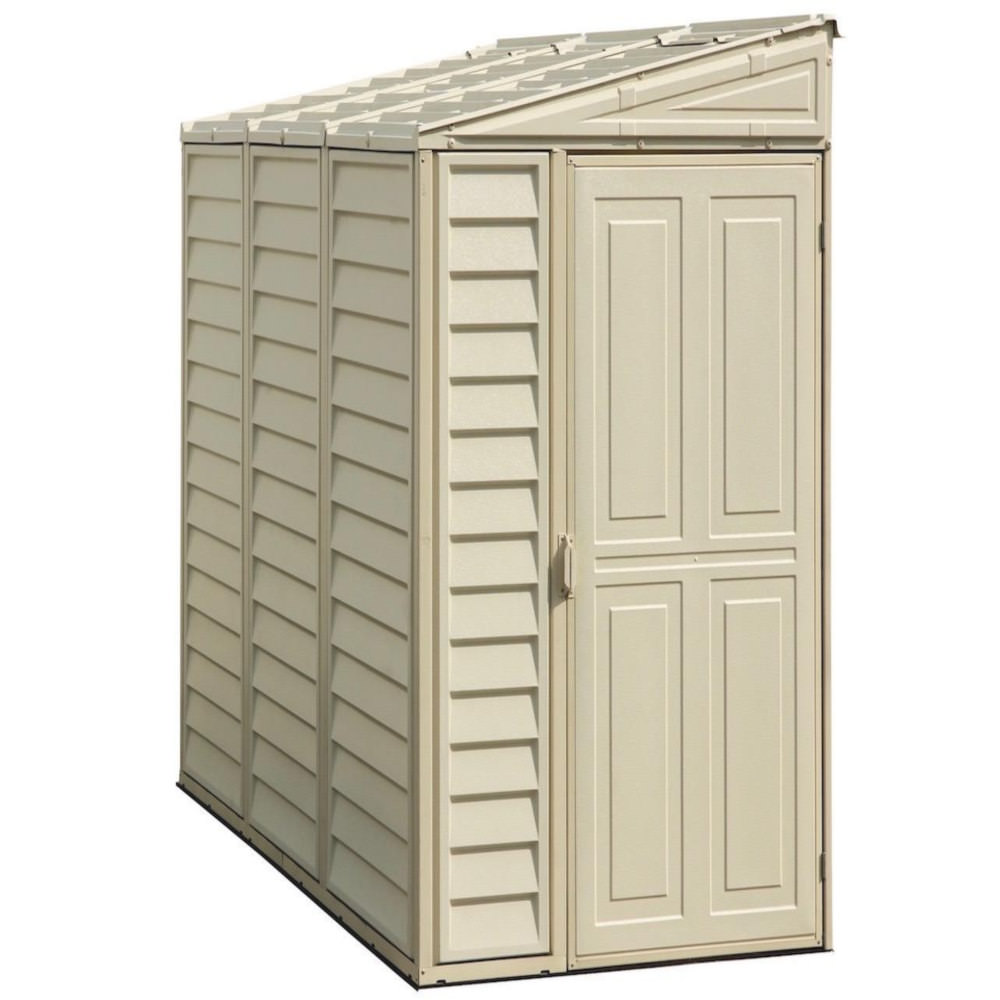 Saffron 4 x 8 Lean To Plastic Storage Shed (includes Foundation Kit)
Saffron 4 x 8 Lean To Plastic Storage Shed (includes Foundation Kit) 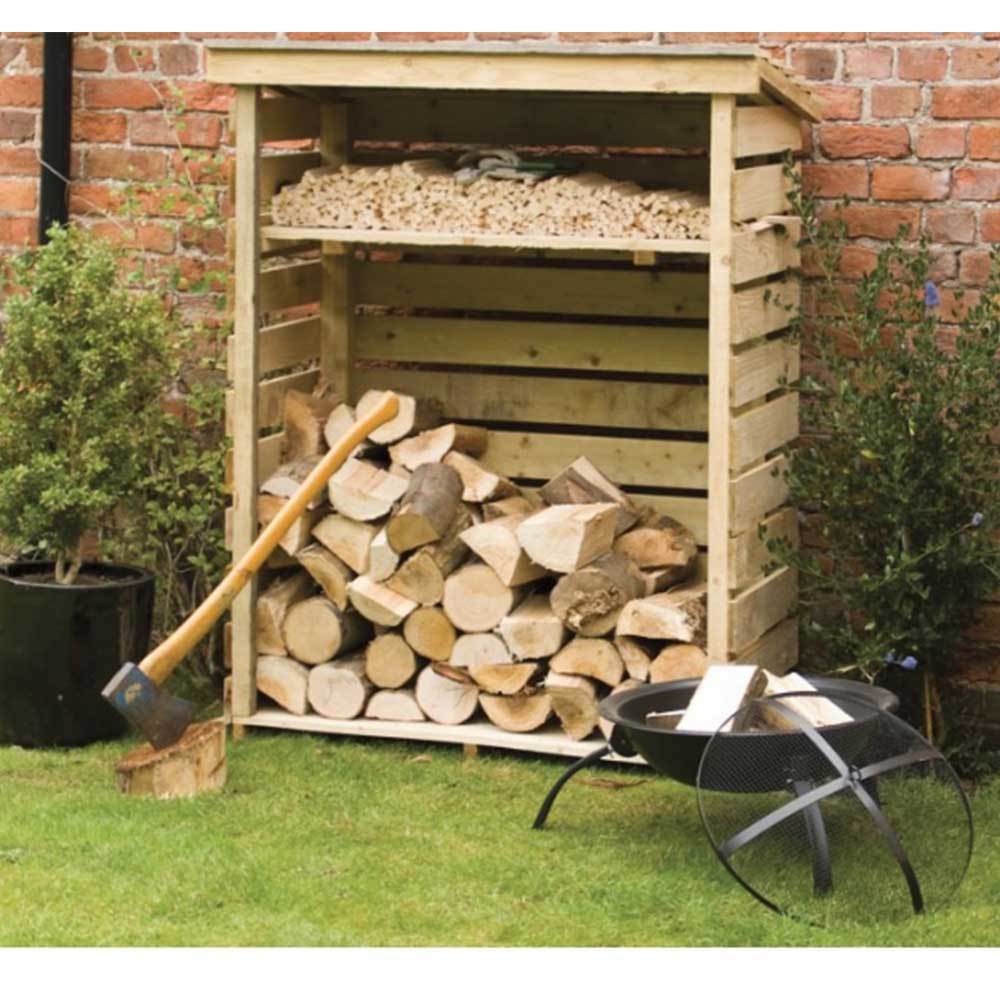 Small Log Store With Kindling Shelf
Small Log Store With Kindling Shelf 